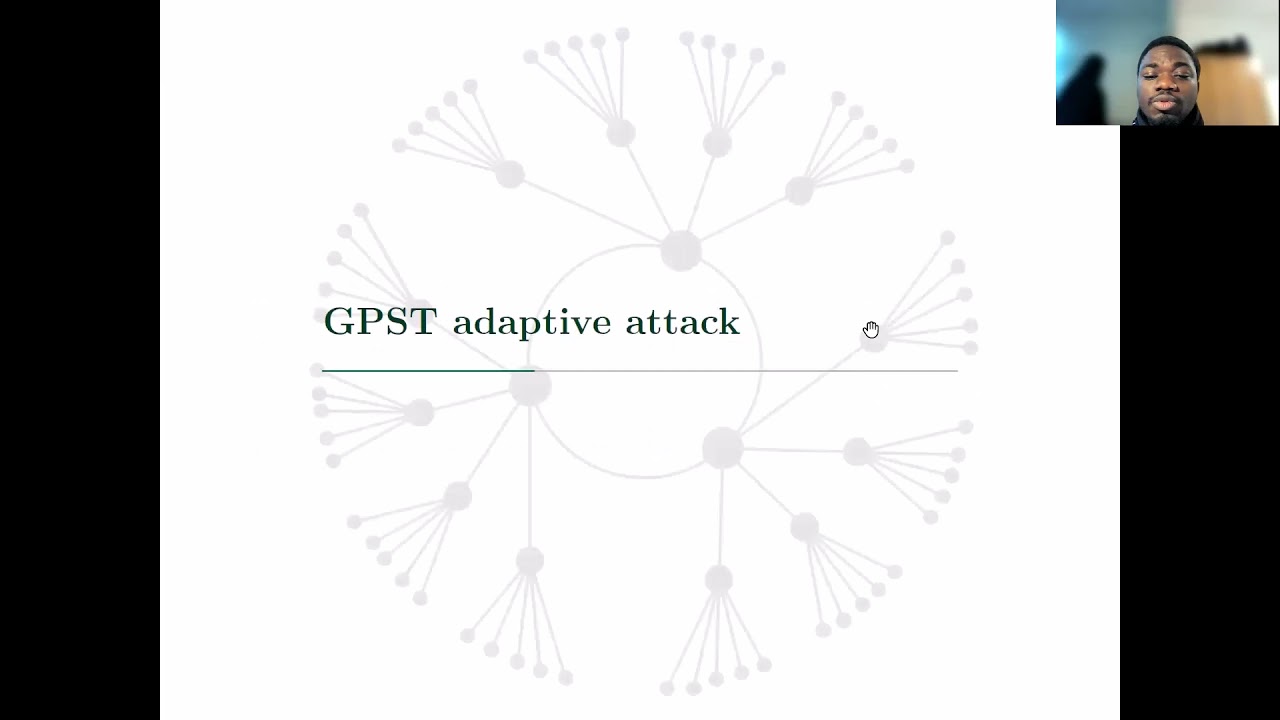Welcome to the resource topic for 2021/1596
Title:
SHealS and HealS: isogeny-based PKEs from akey validation method for SIDH
Authors: Tako Boris Fouotsa, Christophe Petit
Abstract:In 2016, Galbraith et al. presented an adaptive attack on the SIDH key exchange protocol. In SIKE, one applies a variant of the Fujisaki-Okamoto transform to force Bob to reveal his encryption key to Alice, which Alice then uses to re-encrypt Bob’s ciphertext and verify its validity. Therefore, Bob can not reuse his encryption keys. There have been two other proposed countermeasures enabling static-static private keys: k-SIDH and its variant by Jao and Urbanik. These countermeasures are relatively expensive since they consist in running multiple parallel instances of SIDH. In this paper, firstly, we propose a new countermeasure to the GPST adaptive attack on SIDH. Our countermeasure does not require key disclosure as in SIKE, nor multiple parallel instances as in k-SIDH. We translate our countermeasure into a key validation method for SIDH-type schemes. Secondly, we use our key validation to design HealSIDH, an efficient SIDH-type static-static key interactive exchange protocol. Thirdly, we derive a PKE scheme SHealS using HealSIDH. SHealS uses larger primes compared to SIKE, has larger keys and ciphertexts, but only 4 isogenies are computed in a full execution of the scheme, as opposed to 5 isogenies in SIKE. We prove that SHealS is IND-CPA secure relying on a new assumption we introduce and we conjecture its IND-CCA security. We suggest HealS, a variant of SHealS using a smaller prime, providing smaller keys and ciphertexts. As a result, HealSIDH is a practically efficient SIDH based (interactive) key exchange incorporating a “direct” countermeasure to the GPST adaptive attack.
ePrint: https://eprint.iacr.org/2021/1596
Talk: https://www.youtube.com/watch?v=lLhWgxHYFuU
See all topics related to this paper.
Feel free to post resources that are related to this paper below.
Example resources include: implementations, explanation materials, talks, slides, links to previous discussions on other websites.
For more information, see the rules for Resource Topics .
